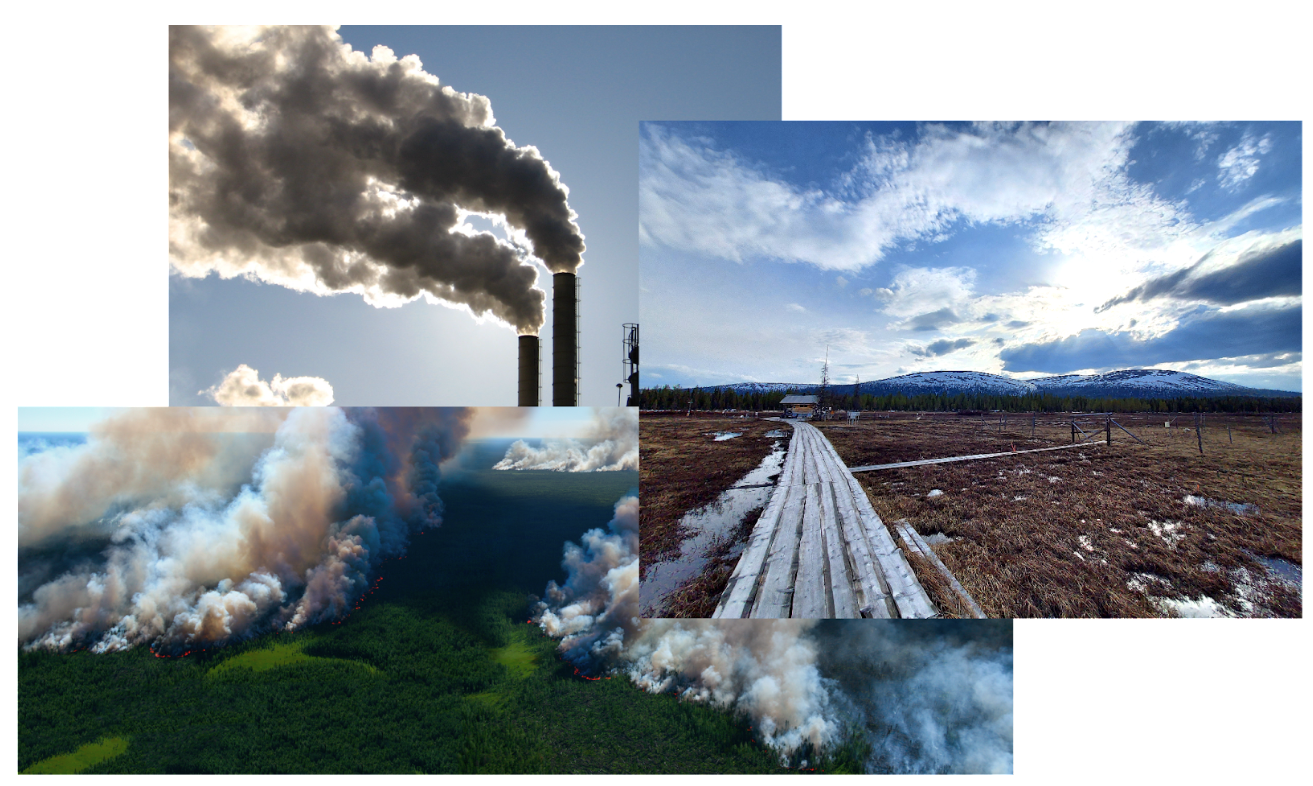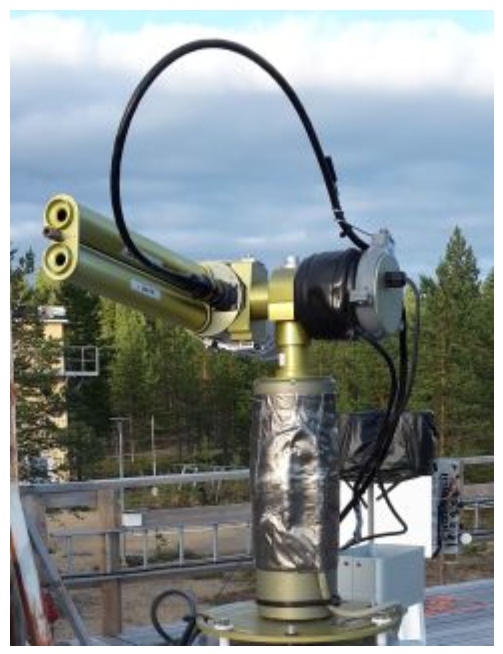Aerosol retrieval, atmospheric correction and air quality
Atmospheric aerosols are tiny particles suspended in Earth's atmosphere. They can originate from natural sources like volcanic eruptions, dust storms, sea spray, and wildfires, as well as human activities such as industrial processes, vehicle emissions, and agricultural activities.

Aerosols play crucial roles in both climate and air quality. In terms of climate, aerosols can directly affect Earth's energy balance by scattering and absorbing sunlight, which can lead to cooling or warming depending on their properties. Additionally, aerosols can influence cloud formation and properties, affecting precipitation patterns and cloud lifetimes, which further impact the distribution of solar radiation and, thus, climate.
In terms of air quality, aerosols can have significant health impacts when inhaled, as they can penetrate deep into the respiratory system and cause respiratory and cardiovascular issues. Additionally, certain aerosols can contribute to the formation of harmful ground-level ozone and particulate matter, leading to smog and reduced air quality in urban areas.
Understanding the sources, properties, and interactions of atmospheric aerosols is crucial for accurately predicting climate change and managing air quality to protect human health and the environment.
In our group, we carry out innovative research to better understand atmospheric aerosols, their properties, and their distribution in the atmosphere. We develop advanced mathematical and statistical algorithms to retrieve detailed aerosol information from satellites (e.g., ATSR-2/ESR-2, AATSR/Envisat, SLSTR/Sentinel-3, Floris/FLEX, MODIS/Terra&Aqua) and ground-based remote sensing (AERONET, PFR-GAW) observations. We combine satellite-retrieved aerosol data from different sources to create long, harmonized data series for climate research purposes. We also work on developing new methods to convert the aerosol data into valuable air quality information, bridging the gap between atmospheric science and public health.

Model of the Sentinel-3 satellite at EUMETSAT in Darmstadt, Germany

Cimel CE318-T Sun Sky Lunar Multispectral Photometer measuring at Sodankylä
Recognizing the challenge that atmospheric aerosols pose on satellite remote sensing — particularly when the main focus is on remote sensing of land surface properties — we are creating novel methods for atmospheric correction. This process is essential for removing atmosphere interference, including aerosols, and ensuring a clear and accurate view of the land surface. Our efforts aim to advance understanding in the scientific community and beyond, contributing to better environmental monitoring and management strategies.
In our work, we actively collaborate with other research institutes, universities, and companies, such as ESA, EUMETSAT, NASA, DLR, KNMI, Uni Helsinki, Uni Eastern Finland, IPL/Uni Valencia, ICARE/Uni Lille, NILU, ACRI-ST, Magellium, and Brockmann Consult, as well as with other research groups at FMI.
Recent project activities
EU GAIA-CLIM | 2015 - 2018 |
ESA VAST | 2012-2015
EU EUNADICS-AV | 2016-2019
EUMETSAT SARP | 2019 - 2021 |
POPCORN ESA project | 2020 - 2021 |
ESA/Copernicus COPA | 2020 - 2022 |
ESA LAW | 2020 - 2022 |
NOODLESALAD ESA project | 2022 - 2023 |
Finnish Academy CitySpot | 2020 - 2024 |
ESA Aerosol_CCI, Aerosol_CCI+ | 2010 - 2022, 2022 - |
ESA/Copernicus OPT-MPC | 2021 - |
Research Council of Finland, ACCC flagship, 2020-2026
Participation in international networks
21.5.2024
